As one of the big compound lifts, the proper squat form is often debated. Do you use a wide stance or a narrow squat stance?
Minor adjustments to your form can make considerable differences in muscle recruitment and benefits.
So, should you use the narrow squat stance? What are the disadvantages and best-use cases? Here’s everything you need to know.
Jump to:
What Is a Narrow Squat Stance?
Narrow stance squats are a squat variation where the feet are positioned closer together. This squat variation is commonly used for developing leg muscles and building strength.
The exact width of narrow stance squats will vary, but the feet are typically placed shoulder-width apart or closer.
Narrow stance squats have less movement compared to traditional squats. This means there’s less demand for thigh abduction and more usage of the ankles. It’s best to perform close stance squats as deep as you can manage while maintaining comfort and a neutral spine.
Primary Muscles Worked
The narrow stance squat activates the muscles as the traditional squat. The difference is the level of activation. The primary muscles used include the following:
Traditional, wide-stance squats typically use the glutes more. Close stance squats use more of the quadriceps, adductors, and calf muscles. The narrow stance activates the quad muscles the most during the lowest portion of the movement.
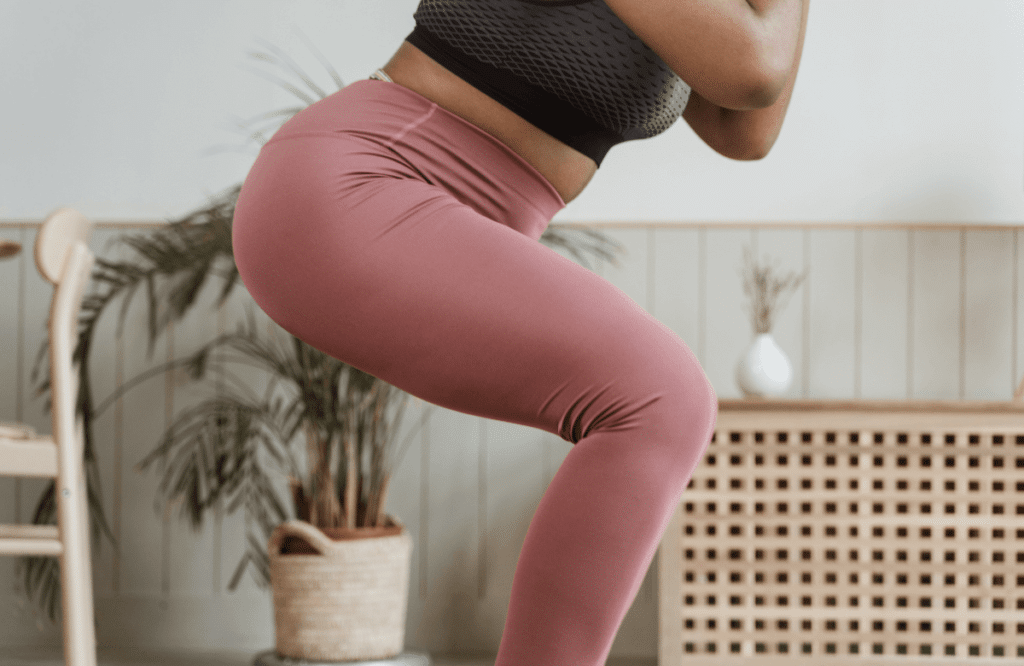
Secondary Muscles
There are secondary body muscles that help you balance and lift the weight during a narrow stance squat:
- Hamstring muscles help you stabilize the hips and knees.
- Obliques and core muscles help stabilize your spine by preventing overextension.
- Lower back and spine muscles help you maintain balance in the back.
- The shin muscles help you maintain balance and keep you from falling over.
- Latissimus Dorsi and trapezius are back muscles that help keep the shoulders back and back extended.
What Are the Benefits?
You might wonder, “How does adjusting my feet benefit my barbell squat?”
Simple adjustments in squat form can engage different muscles, place less strain on the joints, and improve muscle imbalances. Let’s look at the benefits of the close squat stance in more detail.
Increased Range of Motion
The narrower stance of the close stance squat offers a larger range of motion. More range requires more muscles, which can help you build muscle mass. This means if you can reach a similar squat depth, you can increase the workload and muscle activation.
Increased Quadriceps Activation
Narrow stance squats place more emphasis on the quadriceps muscles compared to regular stance squats. More specifically, this squat movement greatly targets the vastus lateralis or the outer portion of the quads.
Regular stance bar squats use more glute activation and don’t have as much calf and quad activation.
This means if you want more quad development, narrow stance squats can be a great addition to your workout regimen.
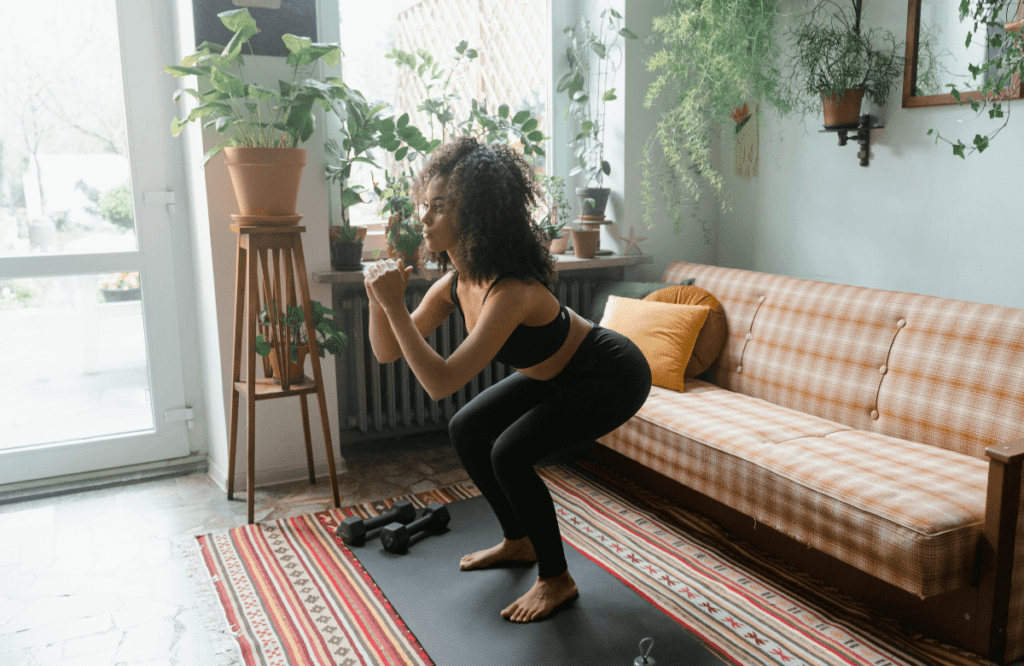
Less Stress on the Hip Joint and Lower Back
Narrow stance squats may place less stress on the hip joint, glutes, and lower back.
The squat position allows you to maintain a more upright torso than regular squats. This can be beneficial if wide stance squats cause lower back and hip pain or other issues.
Deeper Squat Depth
Most lifters notice they can squat deeper with a narrower stance. The closer your feet are together, the less activation in the inner thigh muscles (adductors). If you have tight adductors, your squat depth will be limited.
Reaching a deeper squat depth will enhance the bottom portion of your wide stance squat. This is advantageous for lifters whose weak point is the bottom of their squat, where the quad muscles are most important.
Helps Muscle Imbalances
Narrow stance squats place more emphasis on the quads and calves compared to normal squats. Wider stance squats will use more of the glutes and hips.
Close stance squats also reduce the chances of loading one hip more than the other.
This difference provides greater balance and can help muscle imbalance that’s developed over time. Muscle imbalances and asymmetries can lead to less strength, tightness, and injuries over time. Combining the narrow and wide stance squats can help combat these problems.
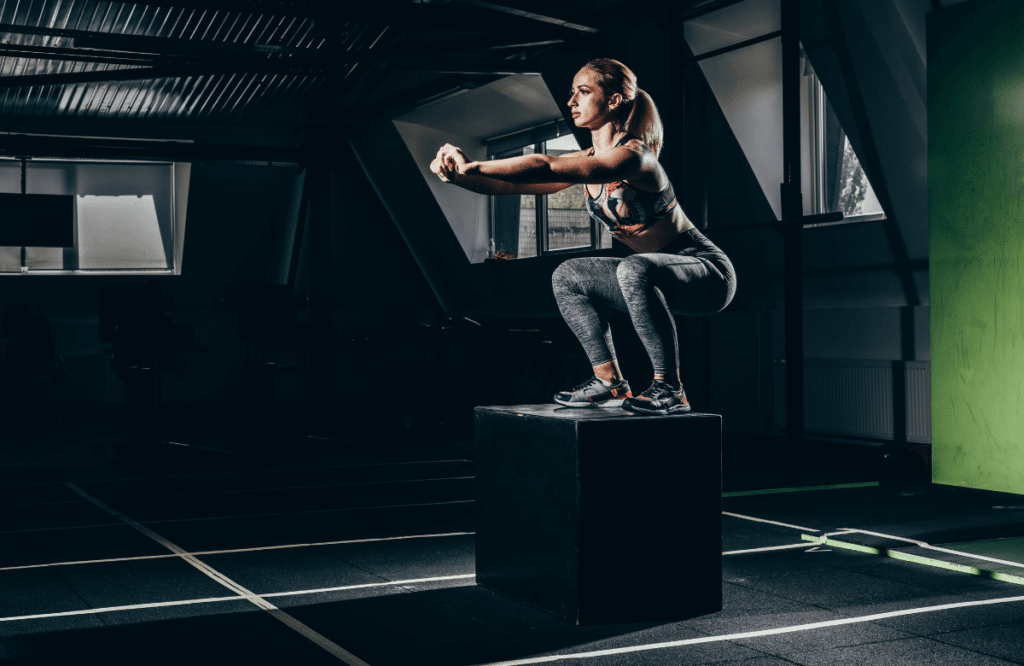
What Are The Downsides?
Just like any other exercise, the narrow stance squat has downsides and may not be suited for every lifter. The technique doesn’t activate the glutes as much and can be challenging for those with knee or ankle complications.
Requires More Ankle Mobility
The narrow stance squat requires more ankle mobility compared to its wider stance counterpart. You need adequate ankle mobility so you can squat parallel or deeper while keeping a neutral spine.
Your heels can lift from the floor if you don’t have enough mobility, which can cause your lower back to round and lead to injuries. This makes the narrow stance squat less suited for those with ankle mobility issues.
Less Glute Activation
Less glute muscle activation may be the reason you program narrow stance squats into your fitness regimen. That said, this can also be a downside for those looking to target the glutes. It may be better to stick with a wide squat for glute-focused days.
More Stress on the Knee Joints
Close stance squats have a more extensive range of motion, meaning the knees have more room to
travel. More movement places more pressure on the knee joints than regular stance squats.
This can be painful for those with existing knee pain or complications. This makes narrow stance squats unsuited for those with current knee conditions.
How to Perform the Narrow Squat Stance

The narrow stance squat is similar to a traditional squat, but there are some factors to consider before diving in. Here’s everything you need to know.
Step 1: The Starting Position
First, set the barbell on the squat rack to where it reaches around the armpit or right under the armpit height.
Step 2: Grip the Barbell
Your grip on the barbell will depend on your level of mobility. Generally speaking, your grip should be as narrow as possible but comfortable enough to maintain tightness.
Step 3: Walk the Barbell Out
Begin with your feet around hip distance apart as you put the barbell on your back. As you walk out, take one foot back, pause, and step with the other foot.
After the initial steps, aim to finish with your feet in the position you want to start in. Your legs should be roughly shoulder-width apart to execute the narrow squat stance.
Step 4: Execute the Movement
Keep the barbell and center of gravity over the middle of your foot. Maintain straight legs and a neutral posture. Afterward, inhale through the nose and tighten your core.
Squat as low as you can, aiming to reach below parallel. It’s possible to squat lower than parallel if you can keep a neutral spine.
When you reach parallel, stand back up until the hips and knees are both locked out. Exhale and repeat the process for repetitions.

When Should You Use the Narrow Squat Stance?
Like any other exercise, the narrow squat stance isn’t suited for all lifters. The movement can be painful if you have existing knee injuries or don’t have enough mobility. On the flip side, it can be advantageous for targeting the quads and improving the bottom portion of your squat.
Use the Narrow Squat Stance if You Want to Target the Quads
The close-toe squat stance activates the quadricep muscles more than wide squats. The variation is used by bodybuilders, powerlifters, and fitness enthusiasts alike. The movement can be beneficial if you’re building muscle in the quads or seeking to improve asymmetries.
Don’t Use the Narrow Squat if You Have Knee Pain
The narrow squat places more stress on the knee joints, as there’s a larger range of motion. The movement also requires more knee flexion. This may not cause knee pain directly but can lead to complications if you have existing knee issues.
If you have bad knees or a knee injury, it’s recommended to stick with a broader foot stance. However, always consult your primary healthcare physician to determine which exercises are safe and effective.
Use the Narrow Squat Stance if You Want to Improve Squat Depth
Do you have trouble with the lower portion of your conventional squat?
A narrow foot position can help you reach a lower squat depth and improve the bottom portion of your movement. This makes it an excellent variation to include in your regimen to improve weak points or muscle imbalances.
Don’t Use the Narrow Squat if You Have Ankle Mobility Issues
If you don’t have adequate ankle mobility, the narrow stance squat is not your best option.
Without enough mobility, your heels can lift off the ground causing your back to round. This increases the chance of injury or strain.
It’s possible to alleviate these issues with a heeled weightlifting shoe, but this may not work for all individuals.
If you notice pain, rounding in your back, or your heels lifting, stick to a wide stance squat. You may also want to consult your healthcare provider or trainer to determine an effective and safe strategy moving forward.
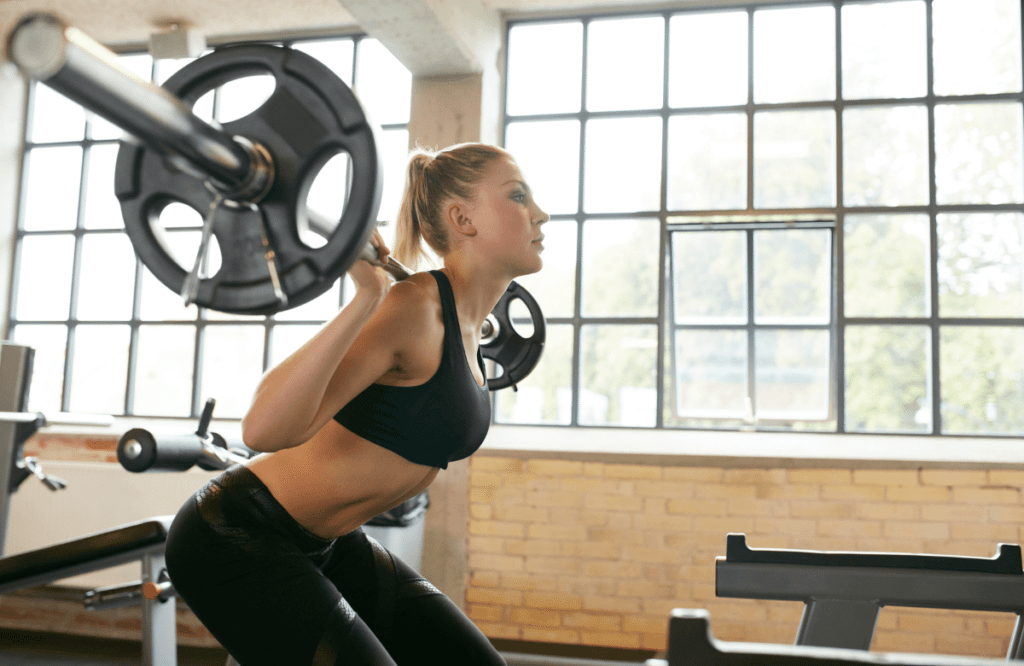
What Are Some Variations?
You’re in luck if you don’t like the narrow stance squat, can’t perform it due to limitations, or want more variety. These variations will recruit similar muscles but activate different parts of the legs or less. Here are a few to consider:
- Narrow Stance Front Squat: This variation involves holding the barbell in front of the body, with the feet closer together than in a traditional squat. It places more emphasis on the quadriceps and core muscles and can help to improve the front squat technique.
- Narrow Stance Goblet Squat: This variation involves holding a dumbbell or kettlebell close to the chest and keeping the feet closer together than in a traditional squat. It places more emphasis on the quadriceps and can be a good option for those who don’t have access to a barbell.
- Narrow Stance Split Squat: This variation involves keeping one foot forward and the other foot back, with the feet closer together than in a traditional lunge. It places more emphasis on the quadriceps and can be a good option for those who want to work on single-leg strength and balance.
Overall, incorporating a variety of narrow squat stance variations into your workout routine can help to target different muscle groups and improve overall strength and mobility.
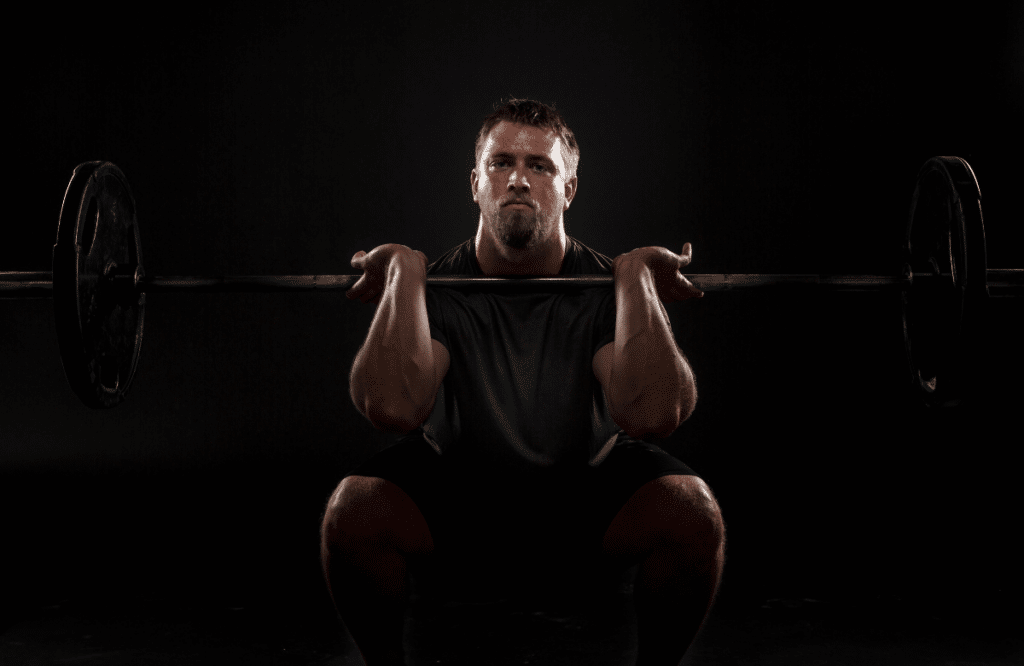
Frequently Asked Questions (FAQ)
Are Narrow Stance Squats Better?
The traditional squat targets the glutes and inner thigh muscles. A narrower stance utilizes the quadriceps more and reduces hip muscle activation. It’s an excellent variation for targeting the quads, reaching lower depths, and improving the bottom portion of your squat.
What Does a Narrow Stance Squat Target?
A narrow stance squat emphasizes the quadriceps and calves. It also targets the glutes, hamstrings, and lower back. It’s an excellent variation for addressing muscle imbalances and targeting the quads.
Why Are Narrow Squats So Hard?
Narrow stance squats can be more challenging, as they use a larger range of motion. This means you’re engaging more muscles, which may be difficult if you’re not used to it. The movement can also be tricky if you lack mobility or have knee injuries.















